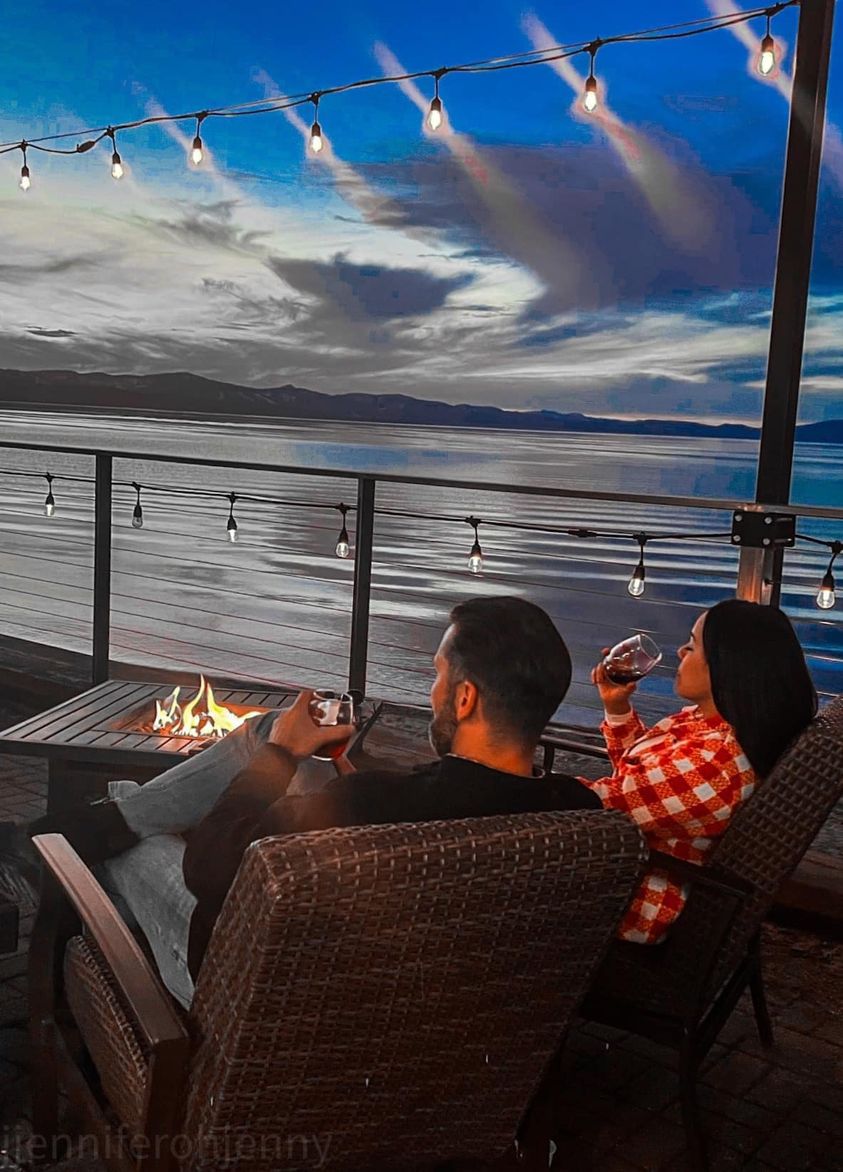Champagne, the iconic bubbly beverage synonymous with celebrations, is not just a drink; it’s a craft perfected over centuries. Originating from the Champagne region of France, this exquisite sparkling wine is made through a meticulous process that combines tradition, expertise, and a touch of luxury. In this blog post, we’ll uncork the secrets of how Champagne transforms from vineyard grapes into the world’s most celebrated sparkling wine.
1. The Harvest: Selecting the Grapes
- Location: The Champagne region, Northeast France
- Grapes Used: Primarily Chardonnay, Pinot Noir, and Pinot Meunier
- Process: Grapes are handpicked to ensure optimal quality and to protect the fruit’s integrity.
2. The First Fermentation: Creating the Base Wine
- Method: Each grape variety is fermented separately.
- Result: A still (non-sparkling) wine is produced, which forms the base of the Champagne.
3. Blending: The Winemaker’s Art
- Expertise: The winemaker blends wines from different grapes, vineyards, and vintages to achieve the desired flavor profile.
- Skill: This step is crucial as it defines the character and quality of the final product.
4. The Second Fermentation: Capturing the Bubbles
- Method: The liqueur de tirage (a mixture of sugar and yeast) is added to the base wine, initiating the second fermentation inside the bottle.
- Magic: This is where the wine starts to sparkle as carbon dioxide is released by yeast, creating those signature bubbles.
5. Aging: Developing Complexity
- Duration: Champagne must age in the bottle for at least 15 months for non-vintage and 3 years for vintage varieties.
- Process: The wine develops depth and complexity, gaining toasty and nutty flavors over time.
6. Riddling: The Road to Clarity
- Tradition: Bottles are gradually tilted and turned (riddled) to gather the yeast sediment in the neck of the bottle.
- Innovation: This process can be done manually or mechanically in modern production.
7. Disgorging: Removing the Sediment
- Technique: The neck of the bottle is frozen to trap the sediment, which is then ejected by the pressure inside the bottle.
- Result: A clear, sediment-free champagne.
8. Dosage: The Final Touch
- Addition: A mixture of wine and sugar (liqueur d’expédition) is added to adjust sweetness levels.
- Variety: This determines the style of Champagne – from Brut (very dry) to Doux (sweet).
9. Corking and Labeling: Ready for Celebration
- Final Steps: The bottles are corked, wired, labeled, and ready to be enjoyed by champagne lovers worldwide.
Conclusion: Champagne making is a delicate dance of science, art, and tradition. From the vineyards of France to glasses around the world, each bottle of Champagne tells a story of passion, precision, and celebration. The next time you pop open a bottle, remember the journey it has taken and savor the taste of a centuries-old tradition.
Fun Fact: The pressure inside a Champagne bottle is about three times that of a car tire, contributing to the vivacious pop when the bottle is uncorked.
Champagne’s allure lies not only in its delightful taste but also in the intricate process behind its creation. This time-honored tradition, deep-rooted in the heart of France, continues to captivate and celebrate life’s most memorable moments.


